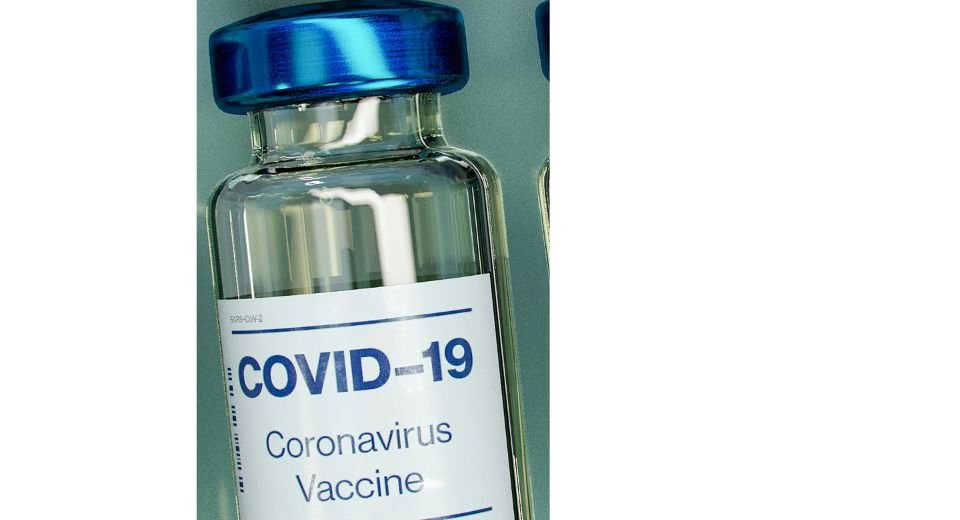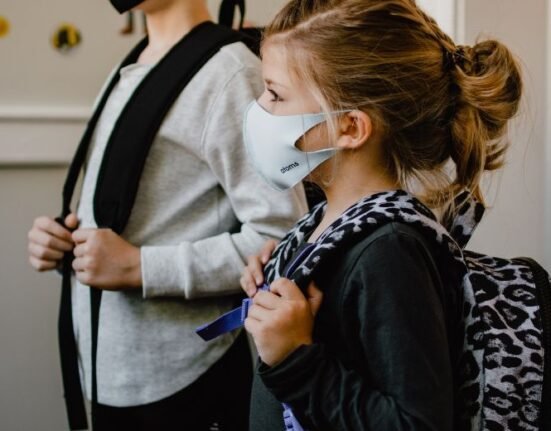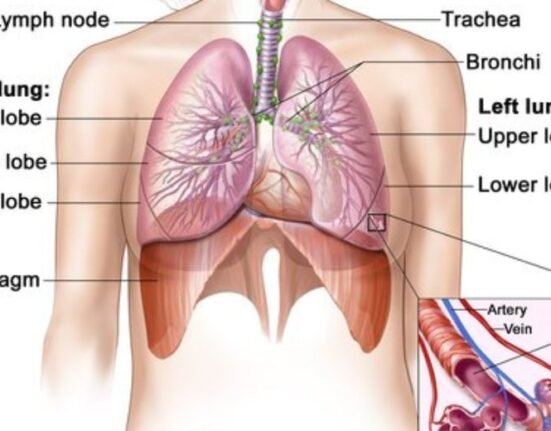HQ Team
March 2, 2024: The US Centers for Disease Control and Prevention Control has revised its Covid-19 isolation recommendations by suggesting patients return to normal activities if they are free of fever for at least 24 hours.
“Covid-19 remains an important public health threat, but it is no longer the emergency that it once was, and its health impacts increasingly resemble those of other respiratory viral illnesses, including influenza and RSV,” or respiratory syncytial virus.
“The recommendations suggest returning to normal activities when, for at least 24 hours, symptoms are improving overall, and if a fever was present, it has been gone without the use of a fever-reducing medication,” according to a CDC statement.
States and countries that have already adjusted recommended isolation times have not seen increased hospitalizations or deaths related to COVID-19, it stated.
This is the first time that isolation recommendations have been changed since December 2021. Those suggestions had reduced the isolation time to five days from 10.
Population immunity
The CDC protects Americans from health, safety and security threats, both foreign and in the US. It is the country’s national public health agency.
The main factors for the reduction in threat from Covid-19 included the effectiveness of protective tools and a high degree of population immunity, according to the statement.
There were free hospitalisations and deaths due to Covid-19 now. Weekly hospital admissions for COVID-19 have decreased by more than 75% and deaths by more than 90% compared to January 2022, the peak of the initial Omicron wave.
Complications like multisystem inflammatory syndrome in children (MIS-C) are now less common, and the prevalence of Long Covid appears to be decreasing, according to the statement.
Vaccine availability
These reductions in disease severity and death have persisted through a full respiratory virus season following the expiration of the federal Public Health Emergency for Covid-19 and its associated special measures on May 11, 2023.
Protective tools such as vaccines and treatments that decrease the risk of Covid-19 are now widely available. Treatment with nirmatrelvir-ritonavir (Paxlovid) in persons at high risk of severe disease has been shown to decrease the risk of hospitalisation by 75% and death by 60% in recent studies.
There was a high degree of population immunity against Covid-19. More than 98% of the U.S. population now has some degree of protective immunity against COVID-19 from vaccination, prior infection, or both.
The “announcement reflects the progress we have made in protecting against severe illness from COVID-19,” said CDC Director Dr Mandy Cohen.
Older adults
“However, we still must use the commonsense solutions we know work to protect ourselves and others from serious illness from respiratory viruses—this includes vaccination, treatment, and staying home when we get sick.”
The updated guidance, meant for community settings, also includes specific sections with additional considerations for people who are at higher risk of severe illness from respiratory viruses.
The high-risk category includes people who are immunocompromised, people with disabilities, people who are or were recently pregnant, young children, and older adults.
As of February 10, 2024, 1,178,527 deaths from COVID-19 have been reported in the United States. In 2021 COVID-19 was the third leading cause of death (12% of all deaths) and in 2022 it was the fourth leading cause of death (5.7% of all deaths), following heart disease, cancer, and unintentional injury.








